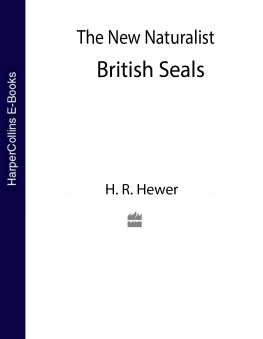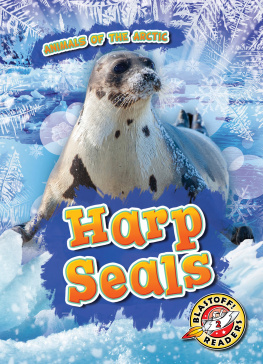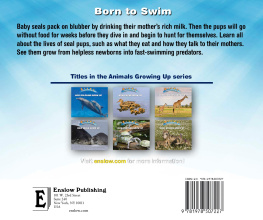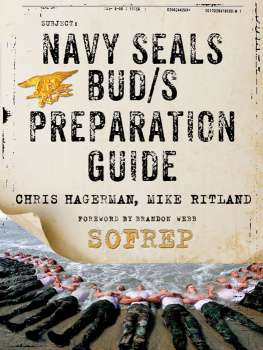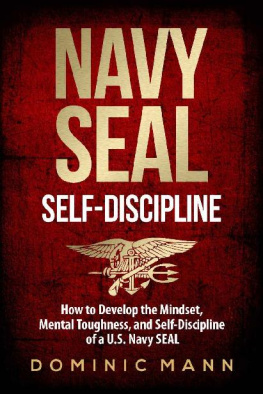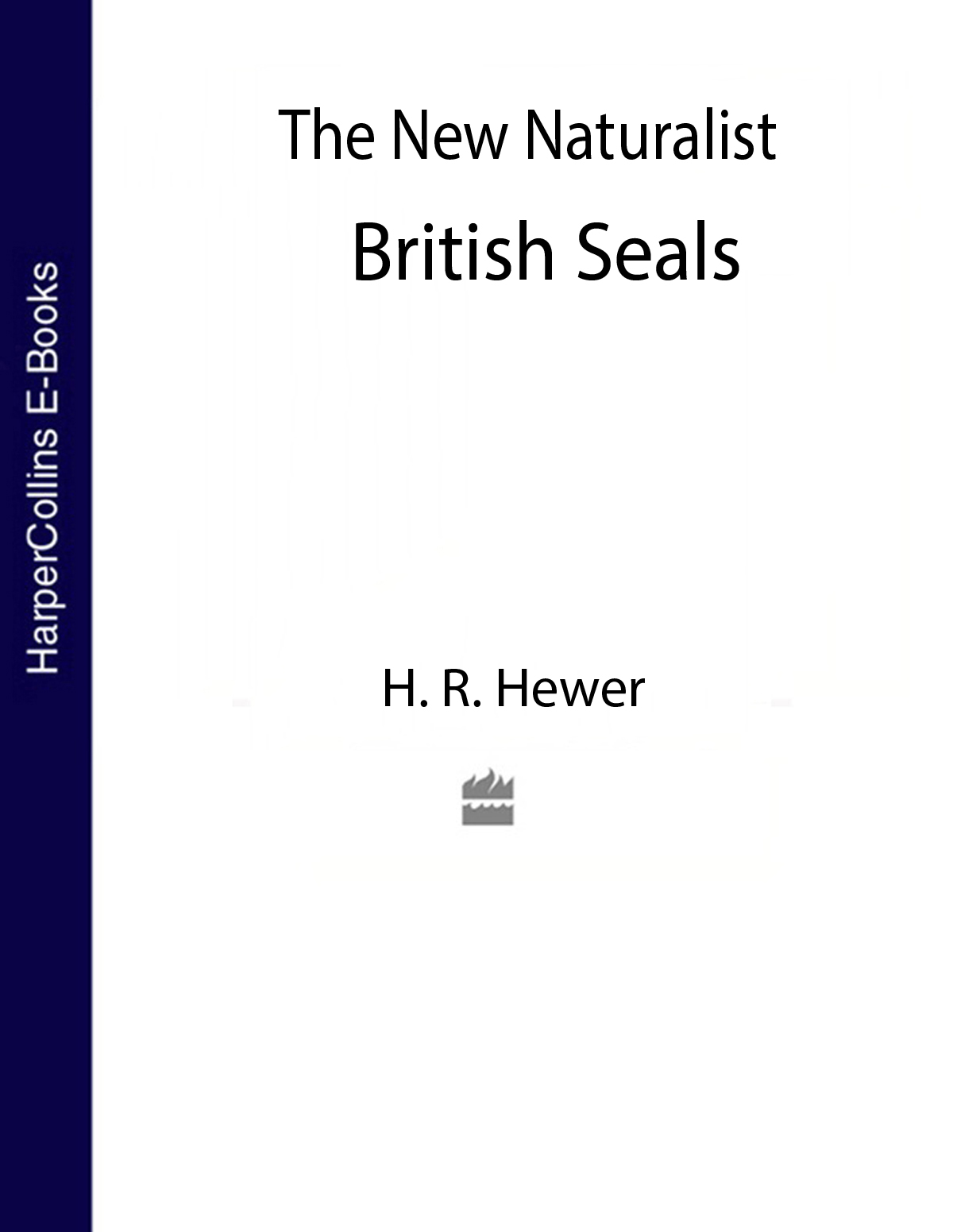EDITORS:
Margaret Davies C.B.E. M.A. Ph.D.
Sir Julian Huxley F.R.S. M.A. D.Sc.
John Gilmour M.A. V.M.H.
Kenneth Mellanby C.B.E. Sc.D.
PHOTOGRAPHIC EDITOR:
Eric Hosking F.R.P.S.
The aim of this series is to interest the general reader in the wild life of Britain by recapturing the inquiring spirit of the old naturalists. The Editors believe that the natural pride of the British public in the native fauna and flora, to which must be added concern for their conservation, is best fostered by maintaining a high standard of accuracy combined with clarity of exposition in presenting the results of modern scientific research.
William Collins
An imprint of HarperCollinsPublishers Ltd
1 London Bridge Street
London SE1 9GF
WilliamCollinsBooks.com
First published 1974
This eBook edition published by William Collins in 2019
H. R. Hewer 1974
The author asserts his moral rights to be identified as the author of this work
A catalogue record for this book is available from the British Library.
All rights reserved under International and Pan-American Copyright Conventions. By payment of the required fees, you have been granted the non-exclusive, non-transferable right to access and read the text of this eBook on-screen. No part of this text may be reproduced, transmitted, downloaded, decompiled, reverse engineered, or stored in or introduced into any information storage and retrieval system, in any form or by any means, whether electronic or mechanical, now known or hereinafter invented, without the express written permission of HarperCollins Publishers.
HarperCollinsPublishers has made every reasonable effort to ensure that any picture content and written content in this ebook has been included or removed in accordance with the contractual and technological constraints in operation at the time of publication.
Source ISBN 9780007311118
Ebook Edition FEBRUARY 2019 ISBN: 9780007406463
Version: 2019-02-13
CONTENTS
CONTENTS
Guide
SEALS are fascinating animals. Everyone knows what they look like, but most people, even some experienced naturalists, have only seen them alive in zoos, where the seals, and their relatives the sea lions, are such firm favourites with the crowds. It is not really difficult to see quite large numbers of both grey and common seals by visiting the correct coastal areas of Britain, but few casual visitors find themselves in the right place at the right time. The exception is the Farne Islands, where for many years great numbers of tourists have been able to see equally large numbers of grey seals, and to see the animals from boats without having to make the effort of walking long distances over sandy beaches and mud flats, or of scrambling energetically down steep and often treacherous cliffs.
Although seals are so well known, and are the subject of many fables and nursery tales, our knowledge of their life history and ecology was, until recently, very imperfect. We had little accurate knowledge of the size of their populations, and of whether they were increasing as fishermen who believed they endangered their livelihood said or whether they were in imminent danger of extinction as some conservationists firmly insisted. Legislation on their protection, and efforts towards their control, were based on guesswork.
Professor Hewer would be the first to insist, as he does in several places in this book, that our knowledge is still imperfect and that much more research on these animals is still needed. But nevertheless our knowledge is now reasonably firmly based, and we are therefore glad to be able to publish this up to date and authoritative book at this time. We believe that, for the first time, it gives in one place the overall picture of these animals that many have been waiting for. It also enables the reader to understand the complex problems of seal conservation. Seals must be preserved, and this may sometimes include killing seals where (as in the Farne Islands) their numbers are too great for the habitat to support.
Professor Hewer modestly plays down his own contribution to our vastly increased knowledge of seals. He has himself, for over twenty years, been closely involved in all the major research in Britain. He has combined the careful laboratory investigations of the trained scientist with detailed studies of the animals, alive, in their natural habitats. As one fully employed as a university teacher (where his many students will testify to his conscientiousness) he has not always had the time or the opportunity to do, himself, all the experimental or observational work he would clearly have enjoyed, but all other workers in this field have gained so much from his freely given help and advice that his contribution to the whole subject has been unique. All other workers on British seals will readily acknowledge Professor Hewer as their spokesman.
Scientific knowledge of a subject is one thing, and this is the basis of this book, but its value is immensely enhanced by the fact that Professor Hewer really knows seals. He has watched and lived alongside his subjects, and has come to know them as only one who is a skilled observer and a field naturalist can. These genuine observations on the living animals give this book a quality rarely found in works which also satisfy the most rigid canons of scientific accuracy.
THIS book has taken an unconscionable time being born. The usual excuses can be given but basically the subject has been a particularly active field of research over the past ten years, not only for myself but for the number of workers who have been drawn into it and whose contributions have been constantly filling in gaps in our knowledge. It has always been tempting to put off the day so that something interesting and useful might be included. The present moment is apt, not because there is a lull in research work, but because several events have combined to give research an added impetus and considerable advances can be anticipated in the near future. A stock-taking is therefore appropriate and this I have attempted to do.
Public opinion during this time has been aroused and the whole question of our seal populations has become over-heated largely in inverse ratio to the information available. While such debate is not conducive in itself to the elucidation of facts, it does create a political atmosphere in which funds become available for research. While my own work in the laboratory has been covered by the usual university finance, the collection of material and the field observations could only have been possible with the aid of official support, in this case through the Nature Conservancy. As the problems grew in number and scope, the appointment of special workers in seal biology became possible and I have not suffered the undue frustration of seeing interesting aspects neglected because they were beyond the capabilities of myself.
When I became involved in this work (1951) Mr J. L. Davies had already given some account of grey seal breeding on Ramsey Island and this had been followed up by Dr L. Harrison Matthews and others in 1950. Apart from Fraser Darling (now Sir Frank Darling) these were the only zoologists to interest themselves actively in research on British seals this century. Yet there were a number who had experience in Antarctica such as Dr Matthews himself and much is owed to their interest and encouragement over the last twenty years. It is very fitting that the head of the newly formed Seals Research Unit at Lowestoft, Nigel Bonner, served his apprenticeship in the antarctic.

